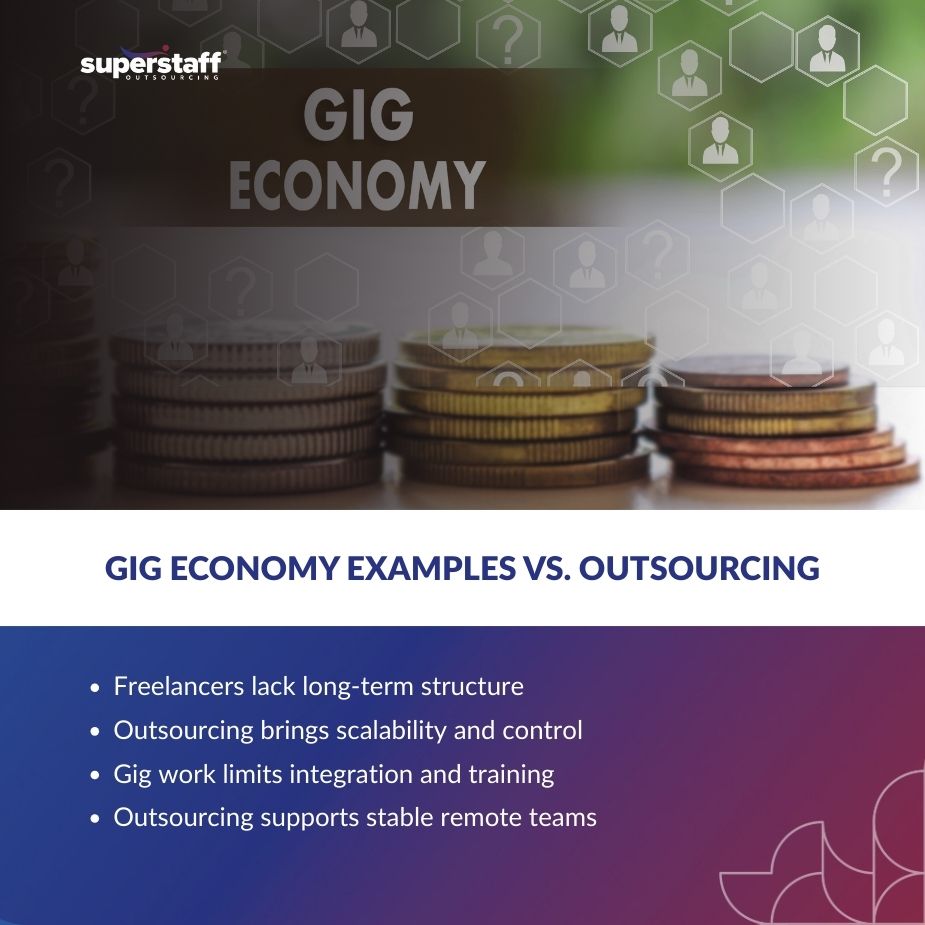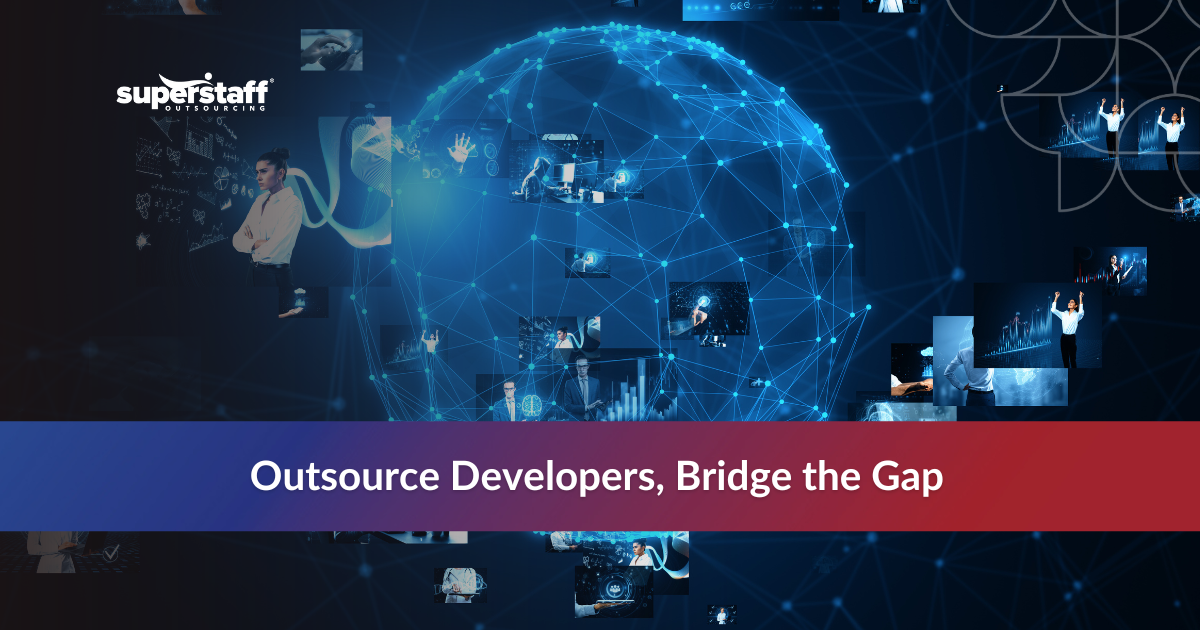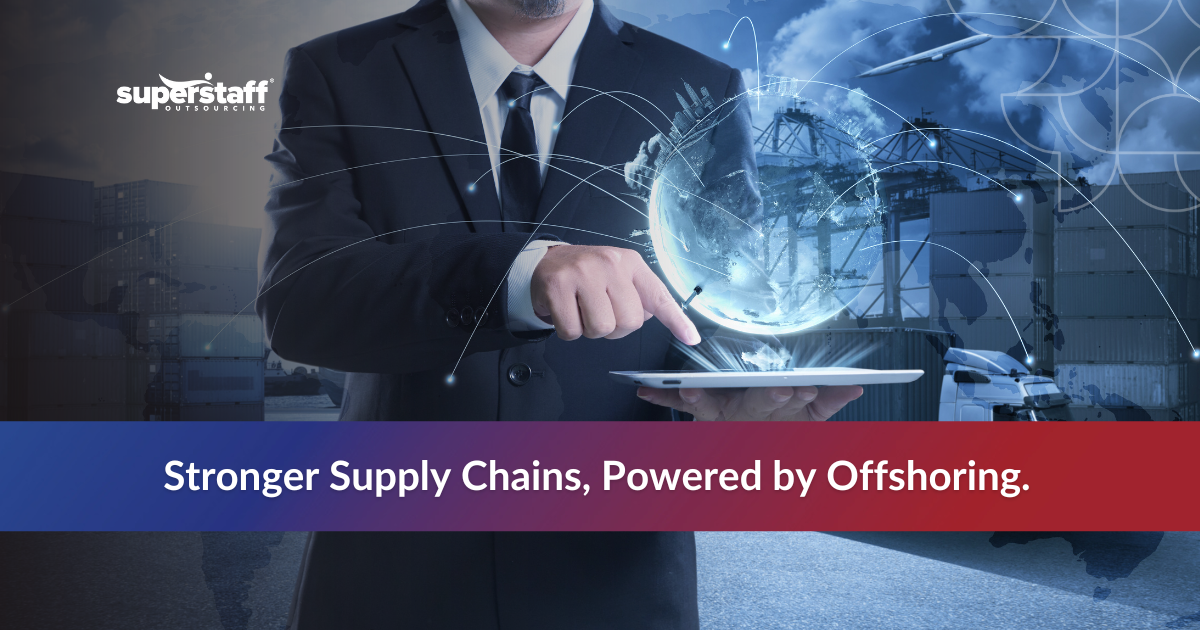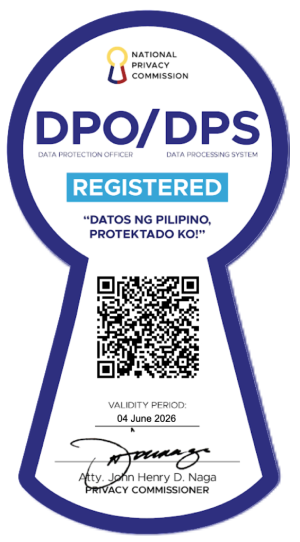
The surge in digital platforms like Upwork, Fiverr, and Uber has made the idea of flexible, on-demand labor more appealing than ever. These are just a few of today’s most prominent gig economy examples that have reshaped how work gets done.
But while the model has gained popularity for its convenience, it raises an important question: Is this the most reliable path for scaling a business long term? For many decision-makers, the answer is no—and that’s where outsourcing enters the picture with a more sustainable, growth-aligned alternative.
The Gig Economy Prioritizes Speed—But Struggles With Long-Term Growth
One of the reasons businesses turn to gig platforms is the immediate access to talent. However, most gig economy examples fall short when it comes to accountability and consistency. Freelancers tend to juggle multiple projects, often without a deep understanding of your business or brand voice. This disconnect can lead to inconsistent outputs and increased risk in customer-facing tasks.
The appeal of fast, short-term cost savings fades when teams have to fix quality issues. In many cases, managers end up spending more time correcting errors than focusing on growth.
Another downside is the legal uncertainty around gig workers. Misclassification risks can lead to tax and compliance problems. And since many freelance platforms lack centralized infrastructure, sensitive data is often passed through insecure systems.
These limitations make it difficult for businesses to build any form of operational continuity. It’s why many firms that started with gig economy examples eventually graduate to more robust staffing models like outsourcing.
Outsourcing Offers Flexibility With Built-In Structure

Many of the benefits companies seek from gig work—like scalability and speed—are also present in outsourcing, but with significantly less risk. In fact, outsourcing provides the same agility, with added layers of accountability, process alignment, and performance management.
Instead of one-off task fulfillment, outsourcing gives you a dedicated team aligned to your goals, workflows, and quality benchmarks. Teams are trained to deliver consistent results, and service-level agreements (SLAs) ensure measurable outcomes. Compared to scattered gig economy examples, this creates much-needed continuity across departments and functions.
Moreover, professional outsourcing firms are built to comply with labor laws, data security regulations, and tax frameworks. This legal and operational compliance protects businesses from the gray areas that are common pain points within gig-based hiring. It’s a significant differentiator—especially when managing remote teams across borders or time zones.
So while gig work may seem easier to start, outsourcing is what helps businesses go further, with a clear framework to support long-term execution and measurable growth.
How Gig Work and Outsourcing Compare in Key Areas
When assessing gig economy examples against full-scale outsourcing models, four areas emerge as critical for decision-makers: cost control, quality management, risk mitigation, and integration with core business operations.
Cost is often seen as a gig economy strength. But the lack of oversight, accountability, and training can result in costly rework. Outsourcing spreads the investment across a structured team, offering better return through economies of scale.
On quality, gig platforms tend to operate in a hands-off way. It’s up to the client to monitor output, define processes, and intervene when issues arise. Outsourcing, on the other hand, comes with built-in layers of quality assurance, including dedicated managers and periodic reviews.
Risk is another area where outsourcing shines. One of the main challenges of gig economy platforms is their lack of enforceable security protocols. Outsourcing providers embed confidentiality agreements, data protection systems, and role-based access controls directly into their operations.
And when it comes to integration, freelancers often remain separate from internal teams. Outsourced teams, by contrast, are trained to act as true extensions of your company.
These comparisons show why many businesses opt out of purely freelance models after encountering the limits of gig economy examples.
The Limitations of Gig Work Become More Obvious at Scale
While gig work may work for startups in their earliest stages, it quickly becomes less practical as operations scale. Managing multiple independent contractors across time zones and departments can be chaotic. Project visibility suffers. Accountability is unclear.
This is particularly important when managing remote teams. While both gig work and outsourcing are remote-first by design, the difference lies in how those remote operations are managed. With outsourcing, businesses benefit from centralized leadership and coordinated knowledge transfer.
Gig work is typically transactional. Once a project is delivered, the relationship ends. For companies trying to build long-term value, this lack of structure becomes a roadblock.
When businesses move past sporadic tasks and into process-driven operations, gig economy examples become inefficient. Outsourcing picks up where gig work drops off—offering a repeatable, scalable framework.
Outsourcing Supports End-to-End Business Functions
The capabilities of outsourcing go far beyond basic admin or customer service. Businesses today outsource a wide range of specialized functions. This breadth of services allows companies to consolidate fragmented processes.
While many turn to gig economy examples to patch operational gaps, outsourcing allows businesses to build entire functions with dedicated support. Whether it’s customer experience, IT, or supply chain support, outsourcing offers a single point of accountability.
Additionally, outsourcing helps businesses align global operations. This is particularly useful for teams managing remote teams across continents. Outsourcing provides leadership layers that ensure performance doesn’t drop when no one’s watching.
Business Resilience Starts With Workforce Stability
Gig platforms are under increasing scrutiny from labor regulators. Questions around worker classification and minimum protections are rising. Meanwhile, service fees are climbing.
These are some of the deeper challenges of gig economy models. With outsourcing, however, businesses gain access to fully compliant operations—where HR, legal, and risk mitigation functions are managed by the provider. This reduces liability and ensures smoother day-to-day operations.
In periods of uncertainty, outsourcing becomes a hedge against volatility. It gives companies the capacity to scale up or down without compromising their core service levels.
Industry-Agnostic Adoption of Outsourcing Reflects Its Versatility
From digital-native startups to midmarket companies, businesses across industries are choosing outsourcing over gig-based staffing. As organizations recognize the limitations of gig economy examples—especially in knowledge work and customer-facing roles—they are shifting to structured service partnerships.
By aligning with outsourcing providers who understand compliance and quality metrics, companies are building teams that contribute directly to revenue and brand experience.
And this trend isn’t slowing down. With rising demand for tech-enabled teams, outsourcing is growing into a default choice—not a backup plan.
Outsourcing Aligns With the Future of Global Workforces
Work is evolving. The question for business leaders is: how do we maintain control, quality, and agility?
Gig economy examples offer short-term answers. But outsourcing provides long-term structure. Today’s outsourcing partners are not just staffing vendors. They’re strategic collaborators who bring innovation into the workforce model.
And when managing remote teams, outsourcing offers peace of mind. Dedicated managers, centralized reporting, and proactive service reviews ensure that work stays on track.
For businesses committed to growth, scale, and sustainability, why outsourcing is better than gig economy platforms becomes obvious: it offers the best of both worlds—flexibility and structure, speed and security, efficiency and depth.
Gig Economy Examples Prove Limited for Long-Term Scale
Gig economy examples may provide a useful entry point into flexible labor, but they come with serious limits. From inconsistent quality and compliance risks to difficulty in managing remote teams at scale, the gig model often creates more challenges than it solves. Outsourcing, on the other hand, brings structure, security, and scalable support to businesses aiming for long-term growth.
We’ve outlined how outsourcing outperforms gig staffing across cost control, team management, quality assurance, and risk mitigation. It’s not just a smarter way to scale—it’s a strategic investment in the future of work.
If you’re ready to build a workforce that grows with your business, partner with SuperStaff. From customer experience to back-office operations and beyond, we help you scale securely, efficiently, and sustainably.






